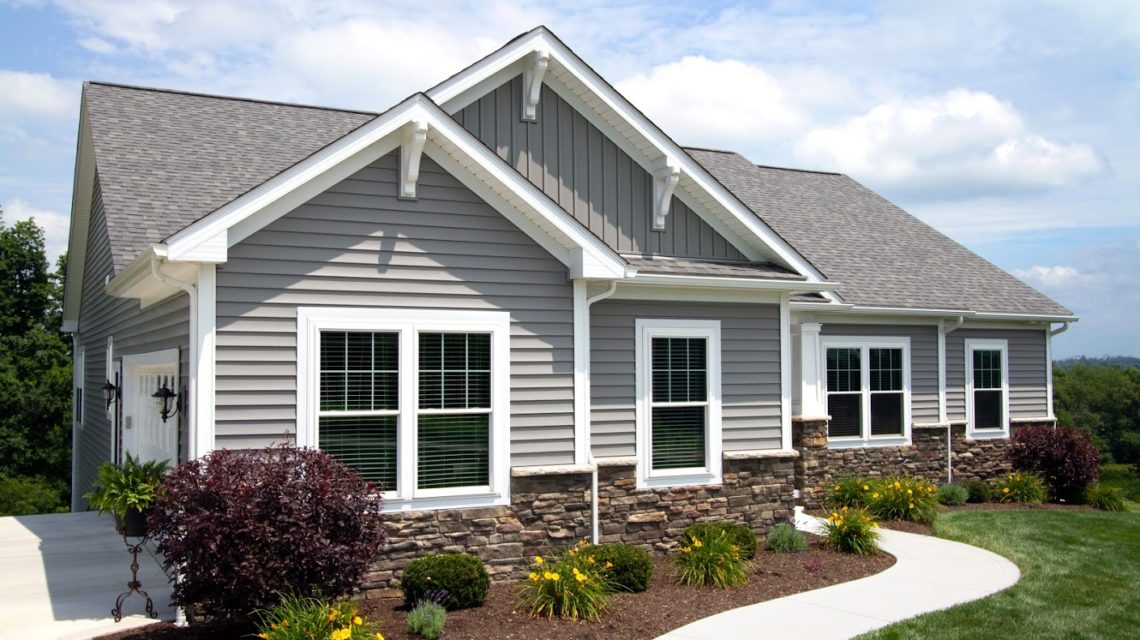Windows play a significant role in our homes’ overall efficiency and comfort. They let in natural light, provide ventilation, and offer views of the outside world. However, not all windows are created equal regarding energy efficiency. One of the most important factors to consider is the U Factor. This article will explain the U Factor, how it is measured, its importance in energy efficiency, and ways to improve it.
What is the U Factor?
Before diving into the specifics, let’s define the U Factor. In simple terms, the U Factor measures how well a window insulates against heat transfer. It indicates the rate at which heat flows through the window, either into or out of the building. The lower the U Factor, the better the window’s insulation performance.
Now, let’s explore the concept of the U Factor in more detail.
Defining the U Factor
To understand the U Factor better, it is essential to know what it includes. The U Factor considers the window’s glass, frame, and gas fill or coatings. It is expressed as a decimal or a number between 0.20 and 1.20. The lower the U Factor number, the better the window will insulate against heat transfer.
When evaluating the U Factor, it’s important to consider the different components contributing to a window’s insulation performance.
Firstly, the glass plays a crucial role. Single-pane windows have a higher U Factor compared to double-pane or triple-pane windows. The additional layers of glass create air pockets that act as insulators, reducing heat transfer.
Secondly, the window frame material affects the U Factor. Wood, vinyl, and fiberglass materials generally have better insulation properties than aluminum frames, which conduct heat more easily.
Lastly, gas fills and coatings can enhance a window’s insulation performance. For example, some windows have argon or krypton gas fills between the panes, which are denser than air and provide better insulation. Low-emissivity (low-e) coatings can also reduce heat transfer by reflecting infrared energy.
Importance of the U Factor in Window Selection
When selecting windows for your home, the U Factor is vital. It directly affects energy consumption and comfort levels. Windows with a low U Factor can reduce heat loss during the winter and heat gain during the summer, resulting in lower heating and cooling costs. They also help maintain a consistent indoor temperature, reducing drafts and hot spots near windows.
Furthermore, windows with a low U Factor contribute to environmental sustainability. Reducing energy consumption, they help lower greenhouse gas emissions associated with heating and cooling our homes. So not only does the U Factor impact our wallets, but it also benefits the planet.
When comparing different windows, it’s important to look for the U Factor value provided by the manufacturer. This value allows you to make an informed decision based on your area’s specific climate conditions and energy efficiency goals.
It’s worth noting that the U Factor is just one factor to consider when selecting windows. Other factors, such as solar heat gain coefficient (SHGC), visible transmittance (VT), and air leakage, also play a role in determining a window’s overall energy efficiency.
In conclusion, the U Factor is a crucial metric for evaluating a window’s insulation performance. By understanding the U Factor and considering it alongside other factors, you can make informed decisions when selecting windows for your home, balancing energy efficiency, comfort, and environmental sustainability.
How is the U Factor Measured?
The process of measuring the U Factor involves scientific calculations and laboratory testing. Manufacturers use specialized equipment and procedures to test their windows to determine their U Factor.
The Science Behind U Factor Measurement
U Factor measurements consider the window’s resistance to heat transfer, the surface area of the window, and the temperature difference between the inside and outside of the building. These measurements are conducted under controlled conditions to ensure accuracy and consistency.
Interpreting U Factor RatingsThis is necessary to meet the requirements of building codes.
Understanding U Factor ratings can be confusing. However, knowing that a lower U Factor indicates higher energy efficiency is essential. When comparing windows, look for lower U Factor numbers to identify the most energy-efficient options. Furthermore, U Factor ratings are often required for building code compliance and energy efficiency certifications, making them a crucial factor in window selection.
U Factor and Energy Efficiency
The U Factor plays a significant role in the overall energy efficiency of a home. It affects heating and cooling loads, impacting energy consumption and utility bills.
How U Factor Impacts Energy Consumption
A window with a low U Factor reduces heat transfer, keeping the indoor temperature more stable. This means less heat will seep inside during the hot summer months, reducing the need for air conditioning. Similarly, less heat will escape during the cold winter months, resulting in reduced heating requirements. Consequently, windows with a low U Factor contribute to lower energy consumption and decreased utility bills.
U Factor and Insulation Performance
In addition to reducing energy consumption, windows with a low U Factor also provide better insulation. They help prevent drafts, reduce condensation, and increase overall comfort levels in the home. By keeping heat where it belongs, these windows create a cozy living environment and minimize temperature fluctuations near the windows.
Comparing U Factors in Different Window Types
Not all windows have the same U Factor. Different window types and materials have varying insulation capabilities. Let’s explore the U Factors of single-pane, double-pane, and triple-pane windows.
U Factor in Single-Pane Windows
Single-pane windows, commonly found in older homes, have the highest U Factor among the window types. They provide minimal insulation and are often responsible for significant heat loss or gain. Due to poor insulation performance, single-pane windows are less energy-efficient and may contribute to higher energy bills.
U Factor in Double-Pane Windows
Double-pane windows, on the other hand, offer superior insulation compared to single-pane windows. They consist of two glass panes separated by an insulating gas, such as argon or krypton. The gas filling and low-emissivity (low-E) coatings significantly reduce heat transfer. As a result, double-pane windows have lower U Factors and provide better energy efficiency.
U Factor in Triple-Pane Windows
Triple-pane windows take energy efficiency to the next level. With three layers of glass and two insulating gas fills, they offer even better insulation than double-pane windows. Triple-pane windows provide excellent thermal performance and have the lowest U Factors. They are an ideal choice for climates with extreme temperature variations.
Improving Window U Factor
If you are concerned about the U Factor of your windows, there are steps you can take to improve it and enhance energy efficiency.
Window Treatments and U Factor
Installing window treatments, such as blinds, shades, or curtains, can help improve the U Factor of your windows. These treatments add an extra insulation layer, reducing heat transfer and enhancing energy efficiency. To maximize their effectiveness, look for window treatments with thermal properties or insulating features.
Replacing Windows for Better U Factor
In some cases, replacing your windows might be the best solution for improving the U Factor. Upgrading to double-pane or triple-pane windows with low U Factors can significantly enhance energy efficiency. Also, choosing windows with low-E coatings and argon or krypton gas fills can improve their insulation performance.
In conclusion, understanding the U Factor of windows is crucial for energy efficiency and comfort in our homes. We can reduce energy consumption, lower utility bills, and contribute to a more sustainable future by selecting windows with low U Factors. Whether through window treatments or window replacement, improving the U Factor of your windows is an investment that pays off in both the short and long term.


